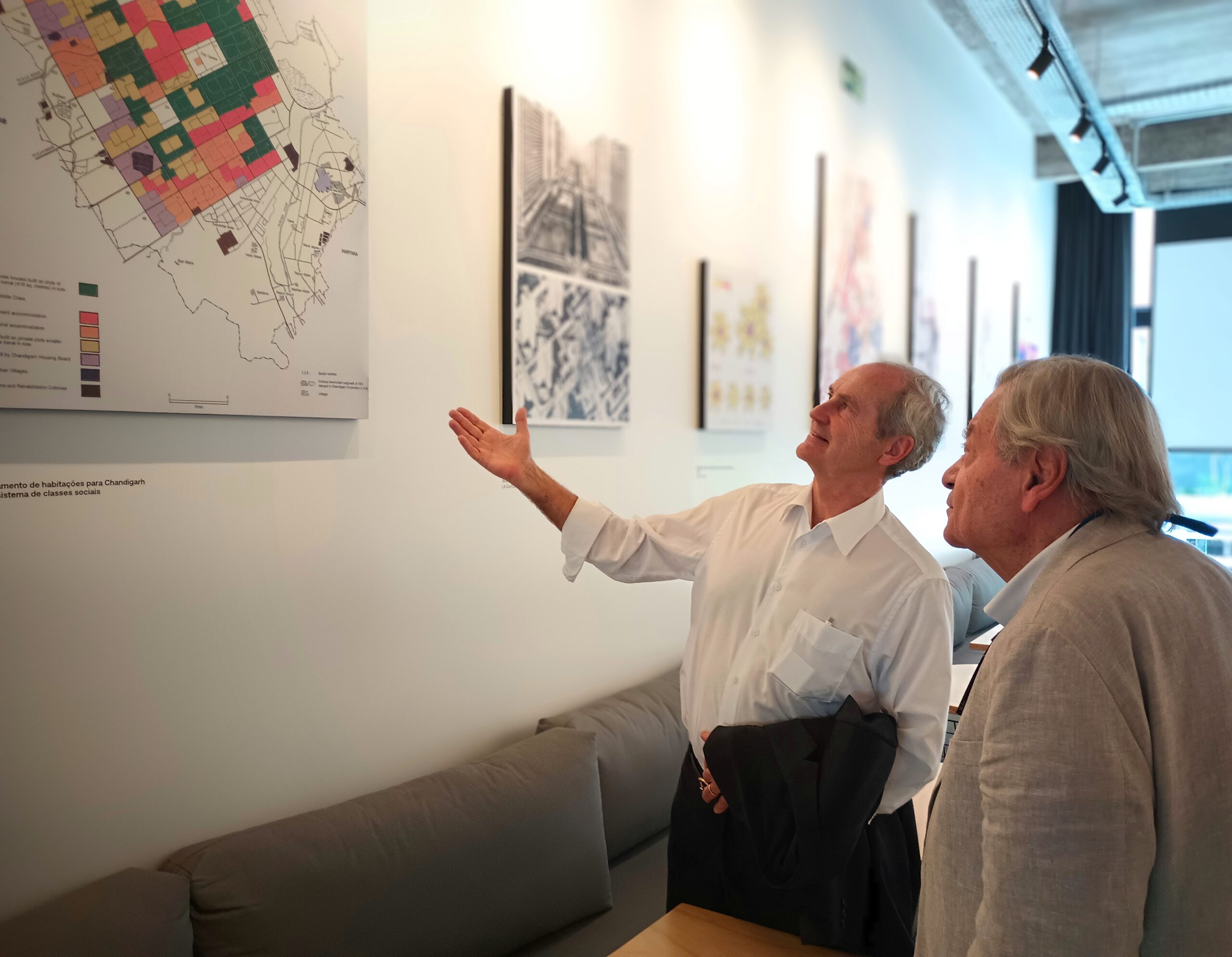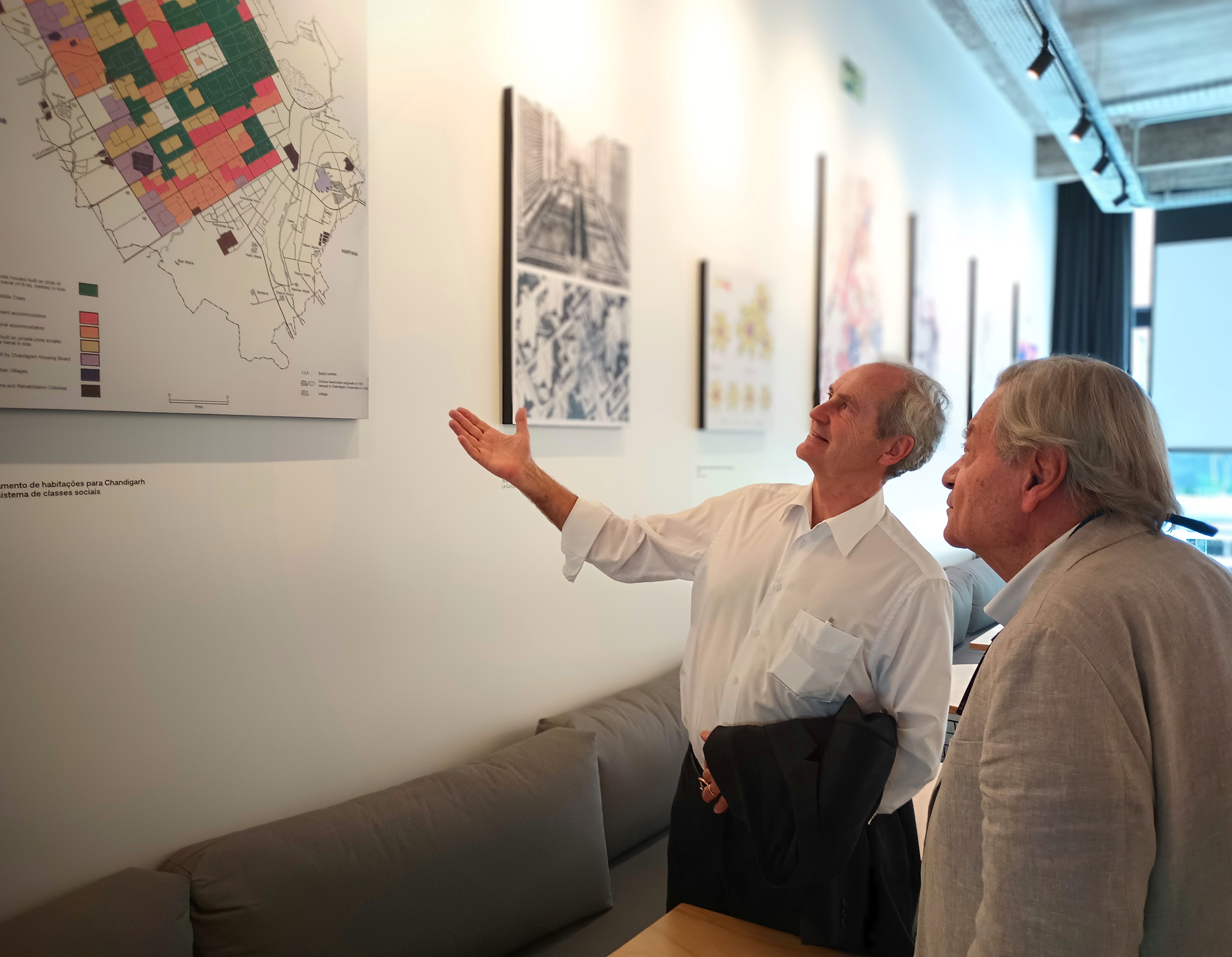Physical Address
304 North Cardinal St.
Dorchester Center, MA 02124
Physical Address
304 North Cardinal St.
Dorchester Center, MA 02124

Promotors of recently developed cities ranging from Nusantara, the freshly built capital of Indonesia, to Neom, Saudi Arabia’s futurist urban paradise, advertise them as breakthroughs in urban living. But does the world need new cities?
This article appeared originally in Caos Planejadoand is reprinted here with the publisher’s permission.
Promotors of recently developed cities ranging from Nusantara, the freshly built capital of Indonesia, to Neom, Saudi Arabia’s futurist urban paradise, advertise them as breakthroughs in urban living. But does the world need new cities? Are new urban forms likely to be better than the old ones? And why, if they are so wonderful, have so few new cities succeeded in attracting a large population?
Over time, the evolution of villages into prosperous cities has primarily been driven by their proximity to trade. The profits from trade were invested in amenities like theaters, parks, universities, restaurants, cafés, and many other attractions that made these cities appealing beyond their trade advantage.
During the Industrial Revolution, the development of railways created new locations with advantageous accessibility to trade. For instance, Atlanta and Vancouver rose to prominence thanks to the trade potential of newly built railways. However, in the twenty-first century, existing cities already occupy nearly all the locations most favorable for trade.
There are a few new opportunities for creating cities in favorable locations. Global warming, by opening trade routes closer to the poles, could produce the potential for new cities. China’s Belt and Road might also create the right conditions for cities to develop by establishing rapid trade land routes across Central Asian countries.
Unfortunately, most people who promote new cities today are not motivated by trade opportunities, but by the imperfections of the cities in which they already live. Planners and architects are convinced that they could create the perfect city, where their innovative design would prevent congestion, crime, and pollution while providing well-paying jobs within walking distance of affordable homes. And, of course, all energy consumed would be carbon-free. After all, they reason, our experience with everyday objects, like cars and smartphones, confirms that trying to repair an old, obsolete one does not make much sense when compared to the ease of buying the latest model. Why shouldn’t it be the same for cities? Designing new cities have nothing to do with the dsign of cars or smartphones. Cities are built by the people and firms that decide to move into them. They have no objective functions like a smart phone. People move to cities because of the qualities of the people who are already there. Not because of their infrastructure wonderful technology.
How do we measure whether a city is successful? We could rank cities by their capacity to attract the most visitors, their appeal to migrants, or, more abstractly, by their livability.
The five cities most frequented by international visitors are Bangkok, Paris, London, Dubai, and Singapore, while the cities with the largest populations are Tokyo, Delhi, Shanghai, São Paolo, and Mexico City. According to criteria selected by The Economist, the five most livable cities are Vienna, Copenhagen, Zurich, Calgary, and Vancouver. (It is interesting to note that the most livable cities do not attract the most migrants or visitors.) The fifteen cities on these lists have grown and thrived because of the accretion of voluntary migrants over a long time. Nobody designed them to be ideal cities from the start; they just adapted successfully to circumstances.

The only designed cities that have reached a significant population size are all new capital cities like Canberra, Brasilia, Islamabad, Chandigarh, and Abuja. Their apparent success is not surprising. There are two main challenges for anybody wanting to build a new city in an isolated location: first, how to attract the initial population, and second, how to finance the enormous costs of building a city’s infrastructure before a productive population can pay for it through taxes. The national governments building these capital cities responded readily to these challenges. Civil servants, who constituted the initial population, had no choice but to live where the government gave them a job and accommodation. When this initial population had settled, voluntary migrants followed to provide them with services. The second challenge, the long negative cash flow, was also easily solved. The government used taxpayer money to subsidize the whole, expensive enterprise.
The only truly successful new cities—excluding capital cities—were not really new. Instead, they were satellite towns of existing metropolises. For instance, this is the case for the five satellite towns—Bundang, Ilsan, Pyeongchon, Sanbon, and Joongdong—built around Seoul to tackle housing shortages, which are now thriving communities in their own right. Trying to structure expanding suburbs with satellite city centers is a worthy endeavor, but quite different from the self-sufficient cities built in the desert, which urban gurus usually advertise. Rather than the cities of the future, they are more likely to wind up as castles in the air.